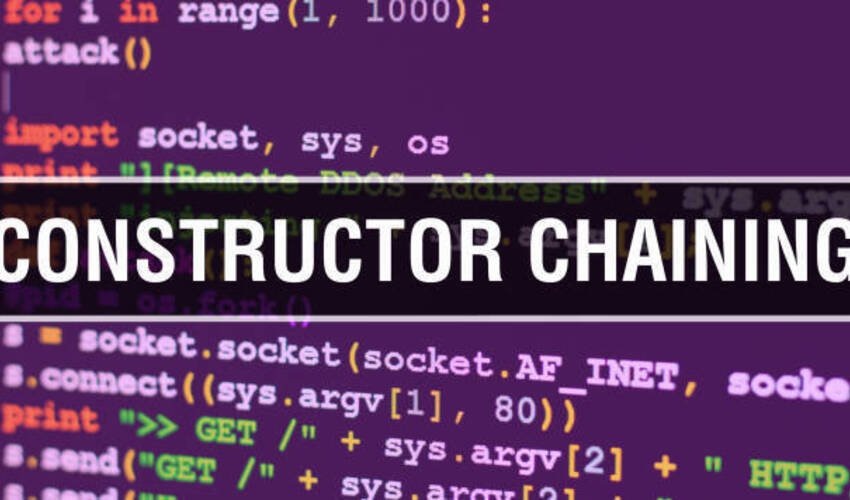While diving into the world of mobile app development, the best approach is to know the latest trends. Today, we are witnessing a high surge in the use of Flutter to build cross-platform apps and figuring out how it is reshaping the future of mobile development. To make a space in the ecosystem of technology, Flutter will help to speed the app development process and save your money.
Market research says there is an increment of 9% in the use of Flutter in mobile app development from 2019 to 2020. Flutter 1.20 version is applicable for mobile, desktop, and web app development. Apart from this, the number of Flutter apps has jumped from 50,000 to 90,000 since April 2020 in the play store.
Flutter, Google’s cross-platform mobile framework, has acquired 114k stars on GitHub and attracts 2 million users by April 2020. Prime insights reflect the share of Flutter app development into different areas: 7% for designing, 19% for freelancers, 26% for enterprise, and 35% for startups.
Reasons to choose Flutter for mobile app development in 2021
Today’s mobile technology reveals plenty of choices for building a mobile application to meet the users’ demands. Hire a Flutter app developer if you want to build an app using this framework.
To make your choice the best decision in mobile app development, go through the following reasons:
Single codebase to target every platform
Writing codes for different platforms is a time-consuming task. And, time is a crucial part of app development. In such a case, Flutter provides the same codebase for Android and iOS platforms. Moreover, it adds leverage to app testing and allows developers to run their apps comfortably.
Effective user-interface development
Flutter offers proper facilities to make a functional UI for mobile app users. With the aid of various widgets, developers can provide the desired appearance to mobile applications. Some of the key widgets in Flutter are container, row, and column, and Text and RaisedButton for content management. Simply, UI development becomes easy with Flutter.
Add speeds to the development process
Flutter is the best framework when it comes to developing and testing apps. Here, this situation uncovers the significance of “hot reloads.” It makes your work effortless when you have to build UIs, add features, and fix bugs. Furthermore, it gets easy to inject updated source codes into running Dart Virtual Machine and test apps functioning through hot reload.
Availability of libraries for effortless app creation
Do you want to add new widgets to your mobile application? Go for Flutter libraries. Do you need to run ads in your apps? Go for flutter libraries. In other words, there are libraries for incorporating features into your app development when you use the Flutter framework. If you don’t wish to take help from others, create your library and build your app.
More comprehensive experience for backend development
As we know, data is the backbone of app development. So, if you keep your data sorted, you can speed the process of your app development. So, Flutter must be your choice if you are creating apps with a new SDK (Software Development Kit). Moreover, Dart is used to building Flutter apps and makes backend development effortless.
Every piece of knowledge and understanding will help you to dig out more info about Flutter. If it moves so fast and reshapes the future technological era, you must know how it differs from other mobile app development frameworks.
Flutter Vs. React Native Vs. Xamarin
Why do you choose Flutter over other cross-platform mobile apps development platforms? How is Flutter different from other mobile frameworks? You can start a search for mobile developers for hire and get the perfect solutions. First, let’s choose other trending frameworks such as React Native and Xamarin.
Flutter Vs. React Native
Cross-platform mobile app development:
Flutter uses Dart language that is easy to learn and use, whereas JavaScript is used in React Native. Another thing is to be noted that Flutter offers plenty of API tools and UI components. There is no need for third-party libraries in this framework.
In React Native, the JS bridge is used to provide the native environment for Android and iOS platforms. Therefore, developers need to access the Native modules for proper API experience. Alternatively, it shows the dependency of this framework on third-party libraries.
Frame Architecture:
The architecture of React Native enhances the need for a JavaScript bridge to communicate with the native modules and smooth user interface experience. On the other hand, Flutter doesn’t need any bridge; it uses a Skia engine for the same purpose. Therefore, building apps on Fluter is more stable.
Testing compatibility
It is a wow when it is about testing Flutter apps as all features are correctly installed. But, in React Native, there is no support to test the integration or UI. Mobile app developers use third-party tools for testing in the React Native framework.
Flutter Vs. Xamarin
Community support:
Xamarin is an old cross-platform as compared to Flutter and has large community support. However, Flutter is showing good growth in a few years. After 2017, Flutter attracts developers’ attention and shows promising future growth for developers as well.
Performance experience
There are lots of tools available in Xamarin Profilers to evaluate the performance of apps. For UI design, it uses native components and runs native codes on the mobile phone’s hardware to check the version. Unfortunately, there are some technical glitches when you want to use heavy graphics.
Flutter has additional features such as hot reloading and code reusing that ensure the excellent performance of mobile applications. Moreover, this framework is compatible with complex visuals, and that’s why it is a good alternative for gaming apps.
What’s new in Flutter?
The latest market trend says that Flutter is one of the fastest-growing cross-platform app development frameworks. It also shows tremendous growth for the future of mobile development.
Google announced Flutter in 2017 and released its stable version 1.0 in the next year, 2018. For multiplatform mobile app development, five stable versions of Flutter are released in the market.
Recently, Google released the new version 2.2 of Flutter to enhance polish and optimization. It focuses on improving iOS performance, updated service workers for Flutter web and Android deferred components.
Statistics and numbers say a lot about the Flutter and its impact on mobile app development. According to Google research, about 2 million developers have used this open-source UI framework since the 1.0 version was released. It also witnessed a 10% month-over-month growth in March 2020.
- Using the same codebase, Flutter developers can create embedded, desktop, mobile, and web applications.
- 11% of Flutter developers use the beta, and either master or deve, and 78% use the stable channel.
- Flutter shows great interest among enterprise customers for multiplatform mobile app development.
Final thoughts:
There are 50,000 Flutter apps available in Google Play. So, it is an excellent choice if you consider Flutter as the source of the best mobile development solutions. Go through the data and draw the right picture of Flutter’s future in your mind. Then, if you need more assistance or details for your cross-platform mobile apps development, pick the best Flutter app development company in India.
FAQs
Is Flutter the future of mobile development?
Yes, you can predict that Google’s cross-platform mobile framework, Flutter, is overgrowing by analyzing the latest market trends. More than 50,000 Flutter-based apps are available in Google Play. Furthermore, Google also says that about half a million developers use this framework each month. Hot reload and code reusing adds speed to app development and builds visually attractive mobile applications. Choose to hire Flutter app developers for more details.
Is Flutter good for app development?
Yes, Flutter is the best choice for cross-platform mobile apps development due to its features. Developers have the option to use the same codebase for different platforms to save time, customize widgets for the desired app look, and speed up the development process. Furthermore, Flutter is also easy to learn because of the availability of documentation.
What is the scope of Flutter in the future?
It is clearly visible that the scope of Flutter’s future is bright. As you know, Flutter uses Dart to program mobile applications, which is easy to learn. It also consumes less time to build mobile applications and uses the same coding for Android and iOS platforms that solve many issues. This Google cross-platform mobile app framework is a game-changer and offers the best performance in the user interface and app outlook.
Is Flutter good in 2021?
Without any doubt, Flutter is still rocking in the mobile app development market. Some fantastic facts of Flutter that make it different from other frameworks are reduced development time, compatibility with cross-platform application development, high integration, and has its own rendering engine. The 2021 Market prediction shows the promising future of the Flutter framework after realizing that 2 million users are using the framework.
Author Bio:
Shifa Martin is a technical expert, a passionate writer, who is working with ValueCoders- a software development company for nearly 13 years. She holds in-depth knowledge of IT outsourcing services and custom application development.
Read Dive is a leading technology blog focusing on different domains like Blockchain, AI, Chatbot, Fintech, Health Tech, Software Development and Testing. For guest blogging, please feel free to contact at readdive@gmail.com.





